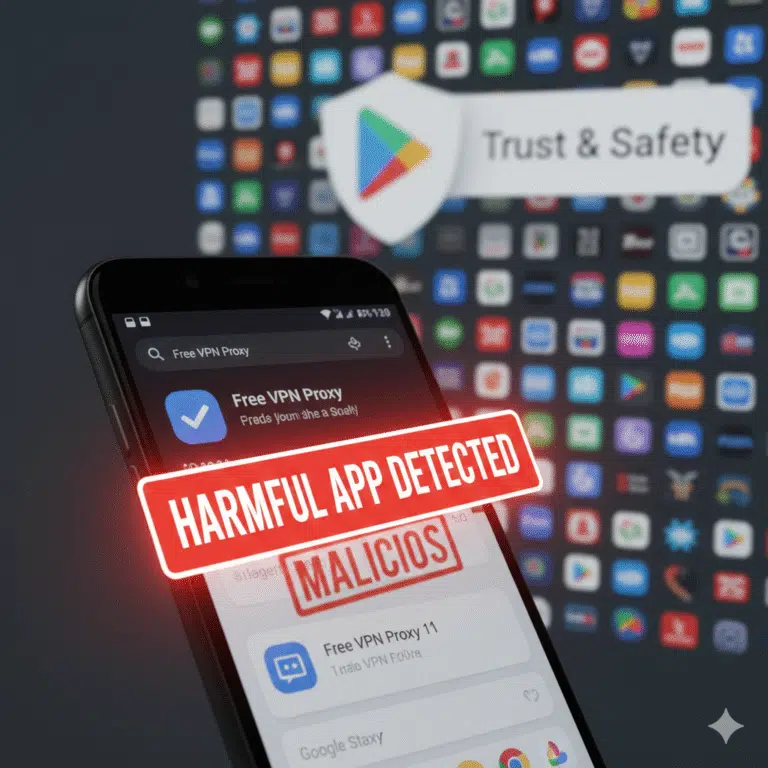As quantum computing edges closer to practical reality, the threat to current cryptographic systems grows ever more serious. In response, Windscribe has rolled out a cutting‑edge update: post-quantum encryption (PQE) integrated into its WireGuard protocol. This hybrid encryption model is designed to protect the pre-shared key (PSK) in a way that resists future quantum attacks, offering users a more secure and future‑proof VPN experience. With versions now available on desktop, Android, and iOS, Windscribe aims to harden its VPN against both present and emerging cryptographic risks.
What Exactly Has Windscribe Done?
Windscribe’s new implementation enhances WireGuard by strengthening the way the pre-shared key (PSK) is exchanged. Normally, WireGuard uses a classic key exchange method (Curve25519), which is not inherently quantum-resistant. Windscribe now replaces that key-exchange channel with a hybrid post-quantum algorithm: TLS 1.3 with X25519 + ML-KEM 768.
Here are the key changes:
The PSK is now negotiated using post-quantum-resistant KEM: Windscribe uses X25519MLKEM768, a hybrid key-exchange mechanism, to derive the preshared key in a manner that is resistant to quantum-level decryption.
Every time you log in, Windscribe rotates the PSK: this frequent key rotation limits the window of vulnerability.
Supported versions for PQE:
Desktop: Windscribe v2.17.9
Android: v3.93.1835
iOS: v3.9.4
Windscribe also validated its new cryptographic primitives using Wireshark, ensuring that its PQE implementation behaves correctly and securely.
Why This Upgrade Matters
1. Building Security for a Quantum Future
Quantum computers have the theoretical capability to break widely-used key exchange algorithms like Curve25519. By using a post-quantum KEM (Key Encapsulation Mechanism), Windscribe is preparing for “store now, decrypt later” (SNDL) threats—where an adversary saves encrypted traffic today to decrypt when quantum computing becomes powerful enough.
2. Hybrid Approach Provides Backward Compatibility
Using a hybrid key exchange means maintaining compatibility with existing infrastructure while adding quantum-resistant protection. Windscribe’s method aligns with recommended practices for post-quantum transition: combining classical and quantum-resistant primitives to balance security and practicality.
3. User-Friendly Activation
Enabling PQE is relatively simple: according to Windscribe, you just need to log out and back into the app after updating, then choose the WireGuard protocol. There’s no need for manual configuration beyond that.
How Windscribe’s PQE Compares to Competitors
Windscribe is not alone in adopting post-quantum encryption for WireGuard: other major VPNs are following suit.
ExpressVPN introduced a post-quantum WireGuard version using ML-KEM as well, wrapping it into a hybrid architecture that retains the performance benefits of WireGuard.
Mullvad VPN has made quantum-resistant tunnels the default on desktop, using ML-KEM in conjunction with WireGuard.
Windscribe’s implementation is noteworthy for being out-of-the-box available in its stable apps (not just beta), making PQE accessible to a wide user base rather than a limited test group.
Challenges and Considerations
Device Support and Performance: While PQE adds strong security, hybrid key exchange may incur computational overhead. Some older or lower-performance devices might see a slight impact during handshake.
Adoption: Users must update to the correct version of Windscribe and re-login to enable PQE, which could be a barrier for non-technical users.
Quantum Risk Timing: Quantum computers capable of breaking current cryptographic standards at scale remain largely theoretical for now, but the “harvest now, decrypt later” risk is real and many privacy experts consider early adoption critical.
Standards Evolution: Post-quantum cryptography is still evolving. Although ML-KEM (or its variants) is currently among the promising options, cryptographic standards may shift, necessitating future updates.
Conclusion
Windscribe’s upgrade of its WireGuard protocol with hybrid post‑quantum encryption (TLS 1.3 + X25519 + ML-KEM768) is a forward-thinking step in VPN security. By rotating the PSK at login, validating cryptographic primitives, and making PQE available across major app platforms, Windscribe is helping its users stay ahead of quantum threats.
This isn’t just a technical novelty — it’s a meaningful investment in long-term privacy. As quantum computing advances, storing encrypted traffic today may become a risk, but with Windscribe’s PQE implementation, users are better protected against tomorrow’s cryptographic challenges.
For anyone who cares deeply about future-proof security, enabling Windscribe’s post-quantum WireGuard is a smart move now — not later.



